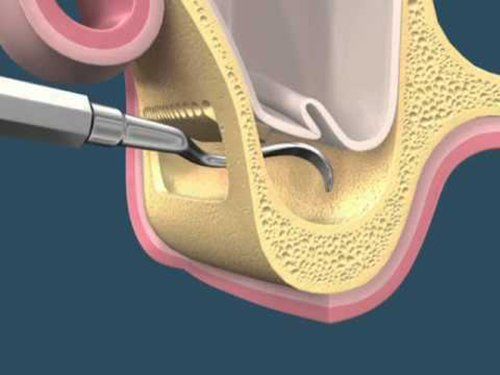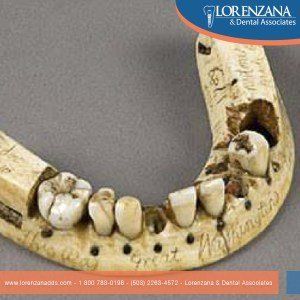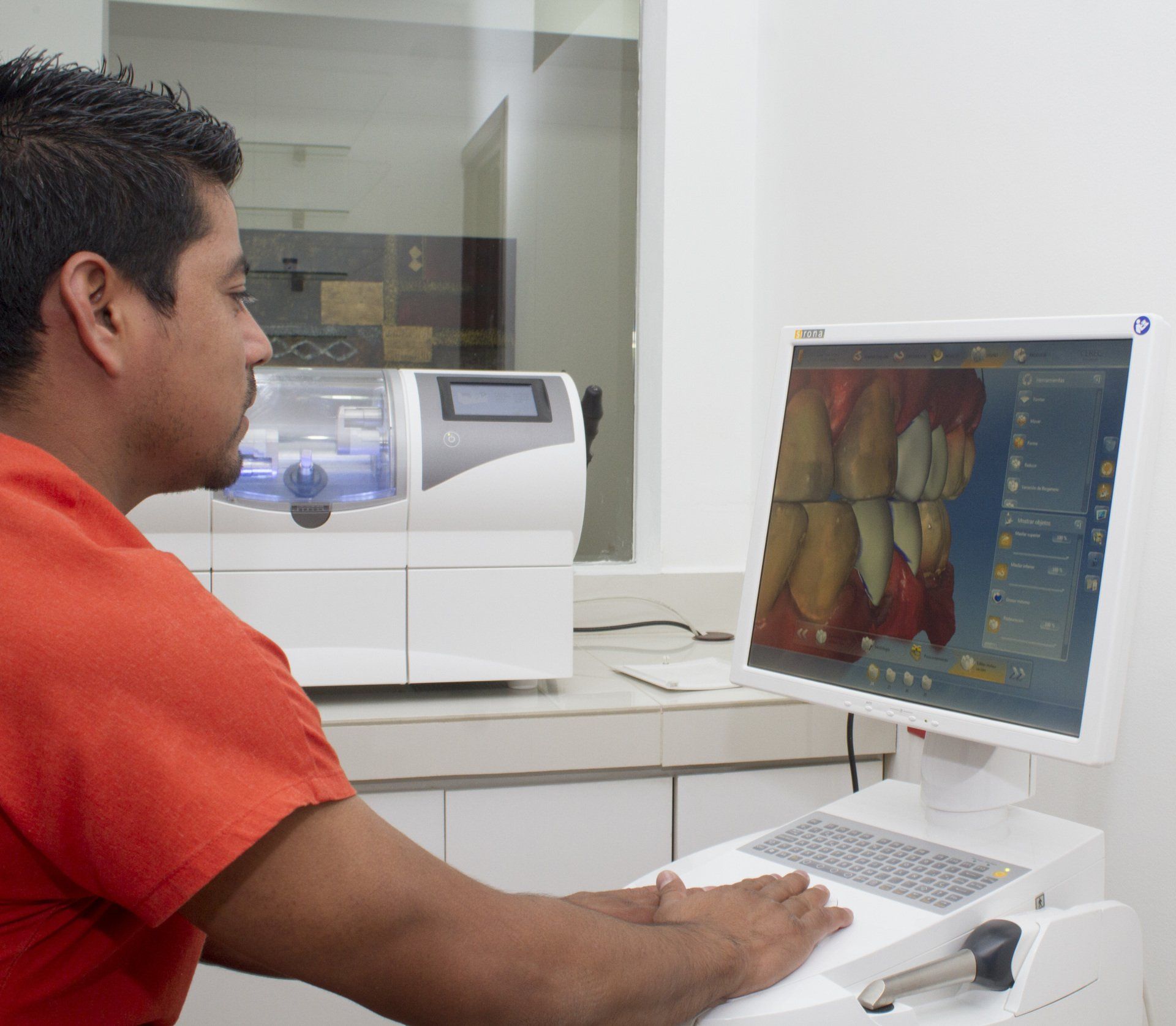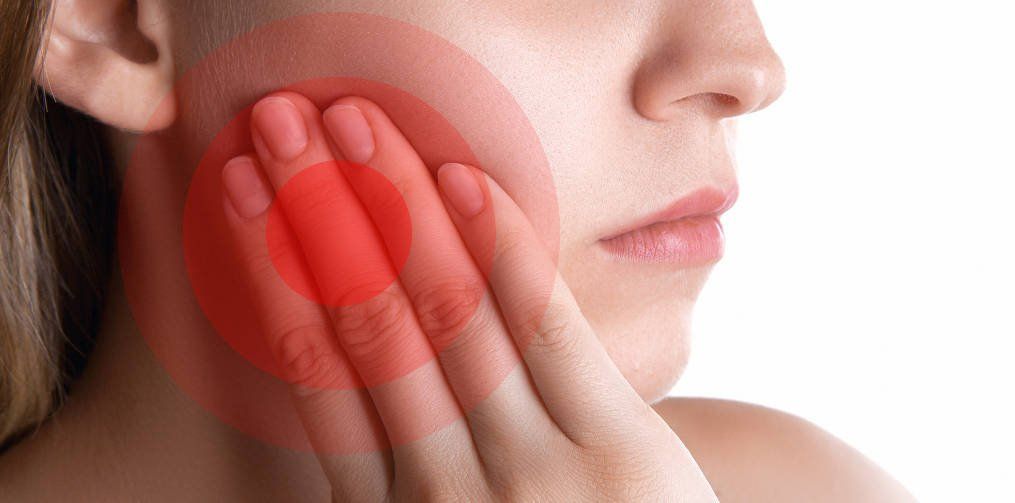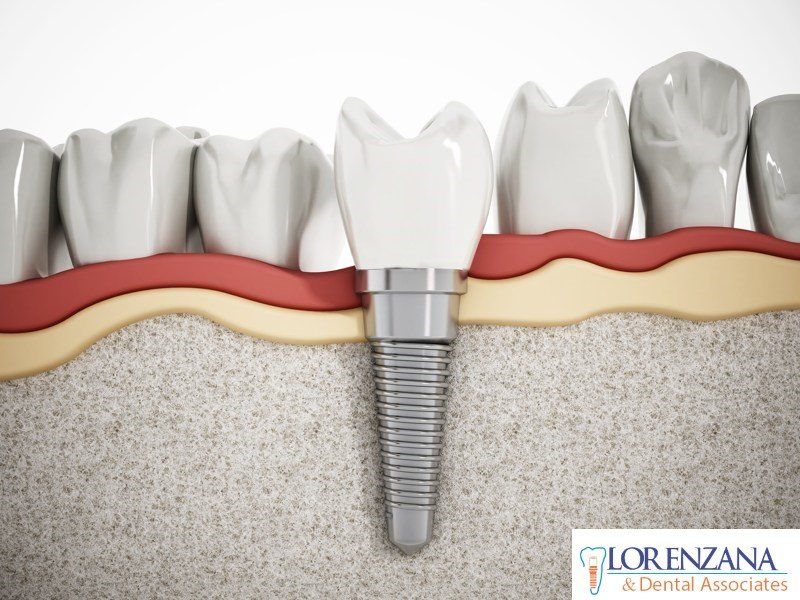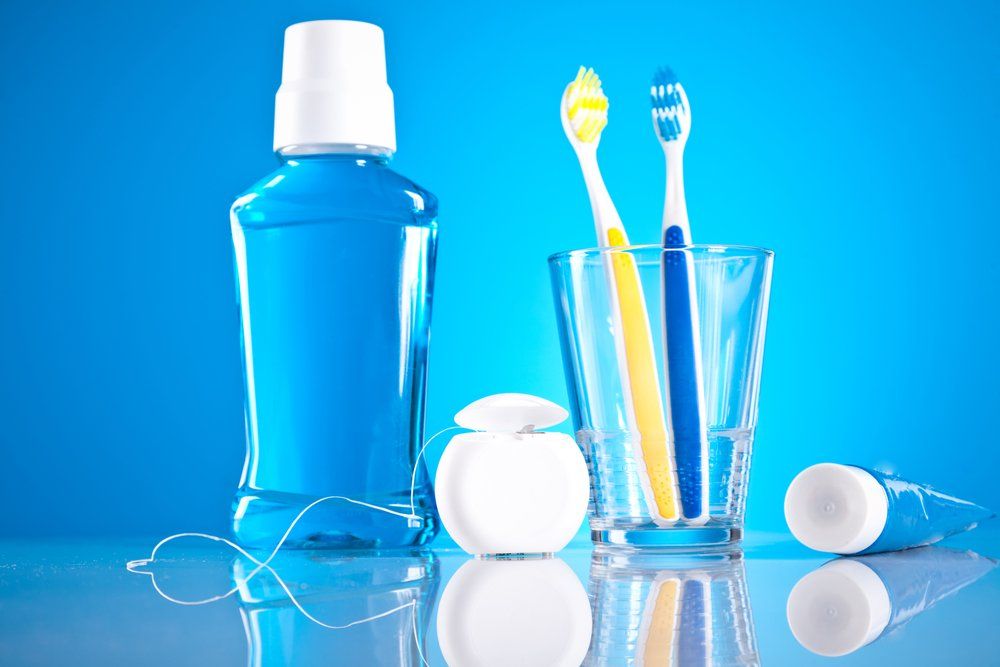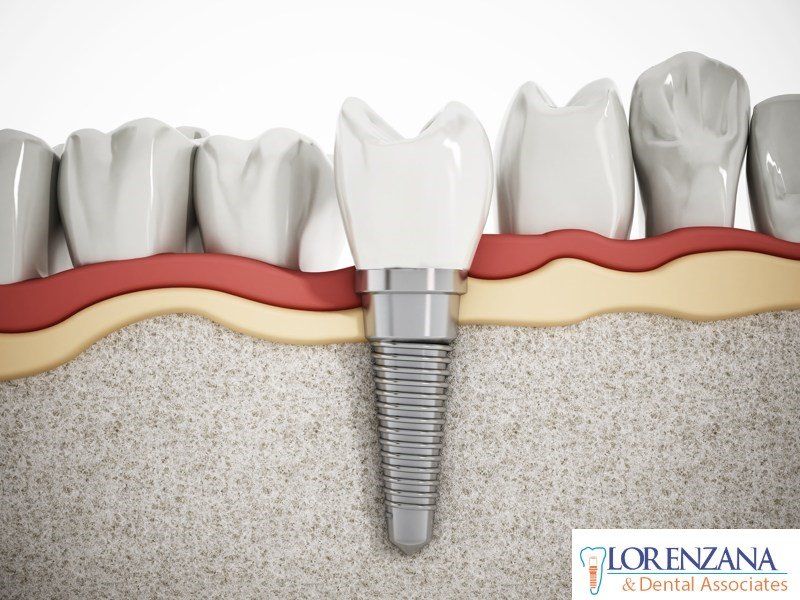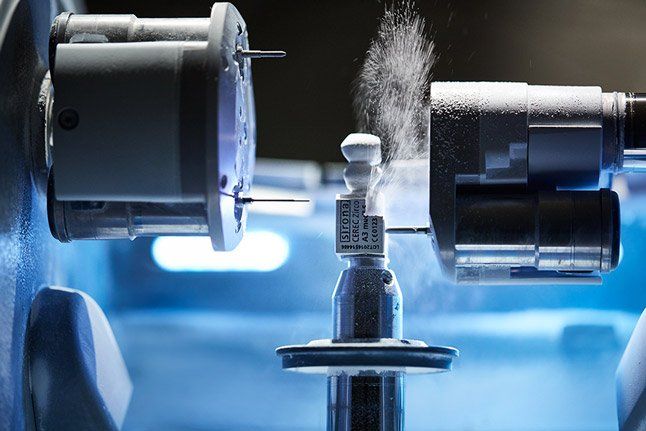The Power of CEREC

Effectivity
Preparing dental restorations with the CAD/CAM
CEREC System involves scanning the preparation and then fabricating the restoration in the milling device.
From the patient’s perspective, there are several potential advantages of using CEREC in the fabrication of fixed restorations. We already talked about this in our previous blog
, but let's go ahead and mention a couple of such advantages: No impression is required, which takes away the feeling of discomfort and gagging often caused by impression trays; and the restoration is ready in as little as one visit, eliminating the need for a temporary restoration.
There are several studies performed by professional researchers in the field that support the effectivity and durability of CAD/CAM restorations. For example, astudy showed the survival rate for CAD/CAM inlays and onlays was 94% after up to nine years; whereas another study showed 88.7% success rate up to 17 years. And it must be noted that these studies were conducted using early-generation CEREC Systems between 1989 and 1991.
Esthetics
In the past, dental restorations fabricated with CAD/CAM Systems like CEREC were esthetically inferior compared to restorations made at a laboratory using traditional techniques, but this is no longer the case. CEREC technology has improved over the years, providing superior results in both esthetics and functionality.
To fabricate dental restorations, a ceramic block is inserted into the CEREC machine and is milled using diamonds. Part of CEREC's success when it comes to producing esthetic restorations has to do with the fact that there are currently restorative materials in many shades and translucencies, which ensures that there will always be an option that adapts to a patient's needs, providing him/her with natural-looking results. In fact, there are even options for multiple shades within one gradated ceramic block.
After the
restoration has been milled, the clinician can quickly polish or glaze it before placing it.
SOURCE: Innovation in Dentistry: CAD/CAM Restorative Procedures - James Klim and Edward B. Corrales
El Poder de CEREC

Efectividad
La preparación de restauraciones dentales con el sistema CAD/CAM
CEREC incluye el escaneo de la preparación y la fabricación de las restauraciones en el dispositivo de fresado.
Desde la perspectiva del paciente, existen varias ventajas en el uso de CEREC para la fabricación de restauraciones fijas. Ya hemos hablado de estas ventajas en nuestro blog
anterior, pero vamos a mencionar un par de ellas: (1) No se necesita tomar impresiones físicas, lo cual evita la sensación de incomodidad y náuseas que con frecuencia causan las bandejas de impresión; y (2) la restauración dental puede estar lista en tan sólo una visita a la clínica, eliminando la necesidad de usar restauraciones temporales.
Varios estudios llevados a cabo por investigadores profesionales evidencian la efectividad y durabilidad de las restauraciones hechas con CAD/CAM. Por ejemplo, en un estudio los inlays y onlays fabricados con esta tecnología mostraron una tasa de supervivencia de 94% por hasta 9 años; mientras en otro estudio tales restauraciones mostraron una tasa de supervivencia de 88.7% por hasta 17 años. Por cierto, estos estudios fueron llevados a cabo usando el sistema CEREC entre los años 1989 y 1991, desde cuando la tecnología ha mejorado considerablemente.
Estética
En el pasado, las restauraciones dentales fabricadas con sistemas CAD/CAM como CEREC eran inferiores estéticamente al compararlas con restauraciones fabricadas en laboratorios utilizando técnicas tradicionales. Sin embargo, ese ya no es el caso. La tecnología CEREC ha avanzado con el transcurso de los años y ahora provee resultados excelentes tanto en estética como en funcionalidad.
Para fabricar restauraciones dentales, un bloque de cerámica es insertado en el dispositivo CEREC y es pulida/triturada utilizando fresas. Parte del éxito de CEREC en cuanto a la producción de restauraciones estéticas tiene que ver con el hecho de que hay disponibles materiales de restauración en muchos matices y transparencias, lo cual asegura que siempre habrá una opción para cada paciente, brindándole resultados que luzcan naturales. De hecho, existen aún opciones que contienen múltiples matices en coloración degradada en un mismo bloque de cerámica
Después de que la restauración dental ha sido fabricada por el sistema CEREC, el técnico de laboratorio puede incluso pulirla y barnizarla antes de que sea colocada, si eso mejora aún más los resultados.
FUENTE: Innovation in Dentistry: CAD/CAM Restorative Procedures - James Klim and Edward B. Corrales
